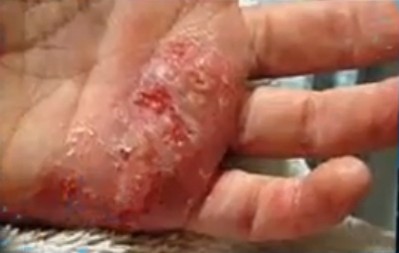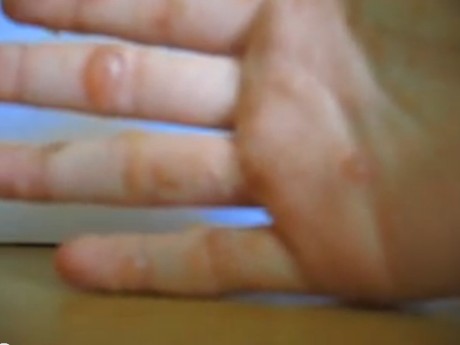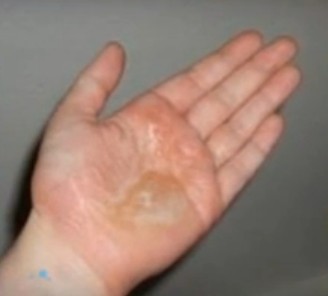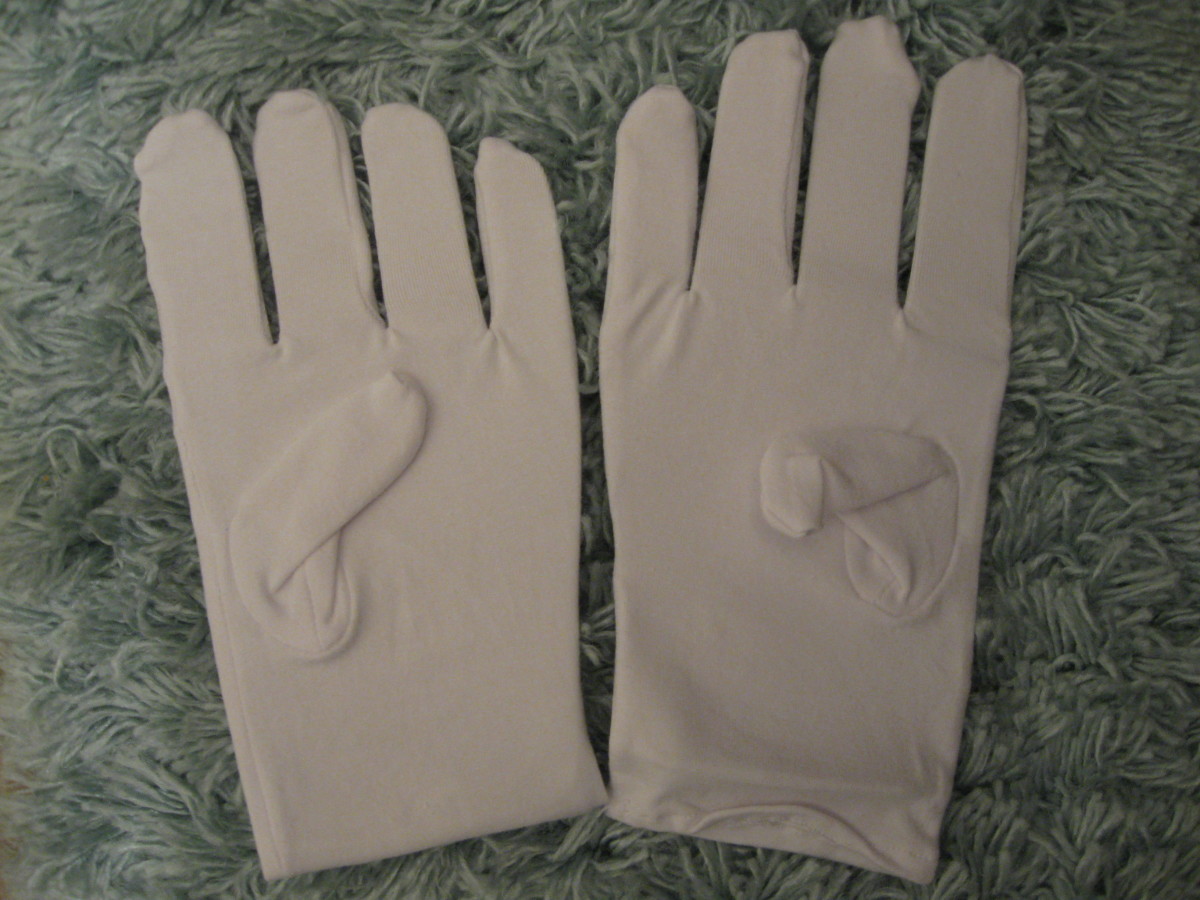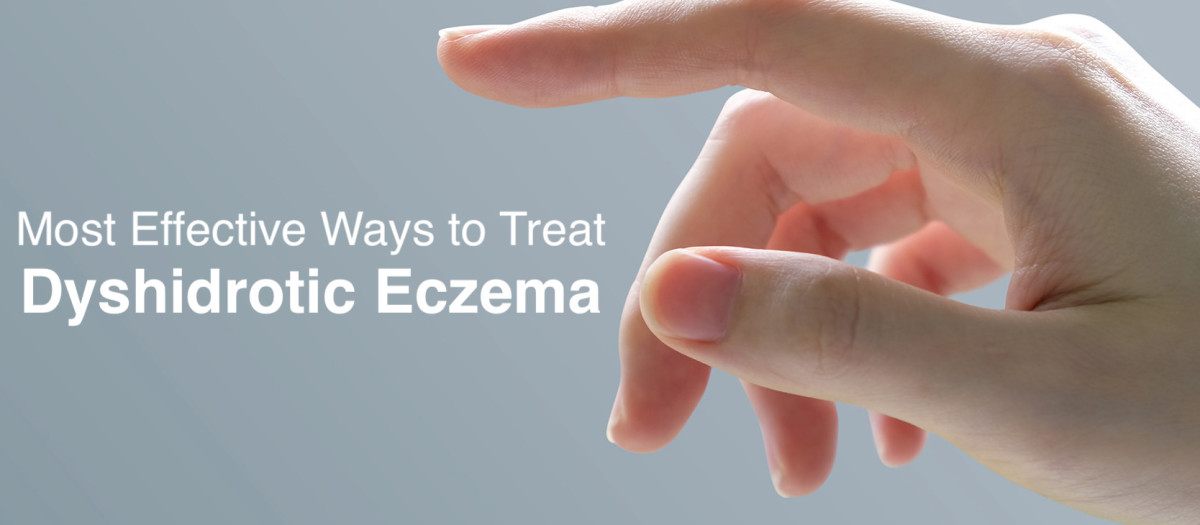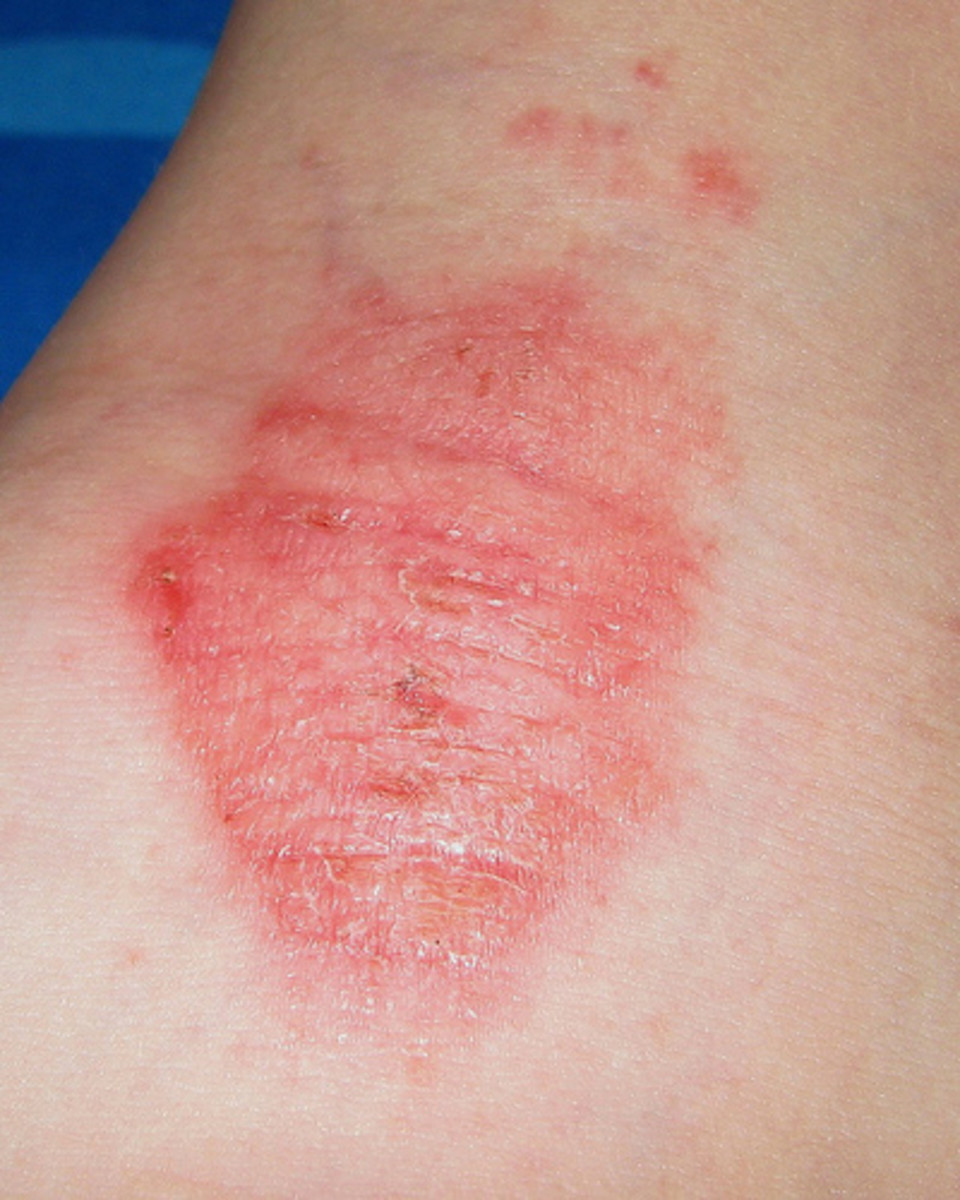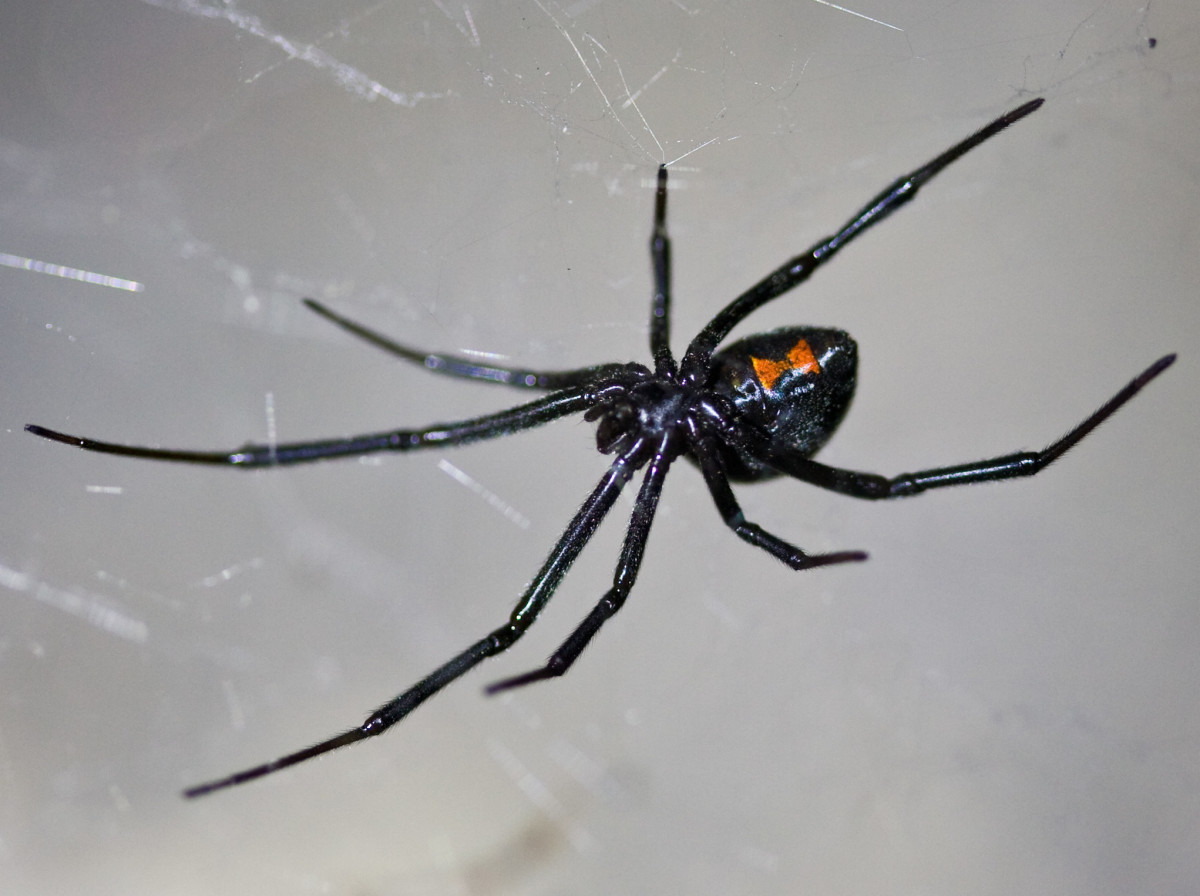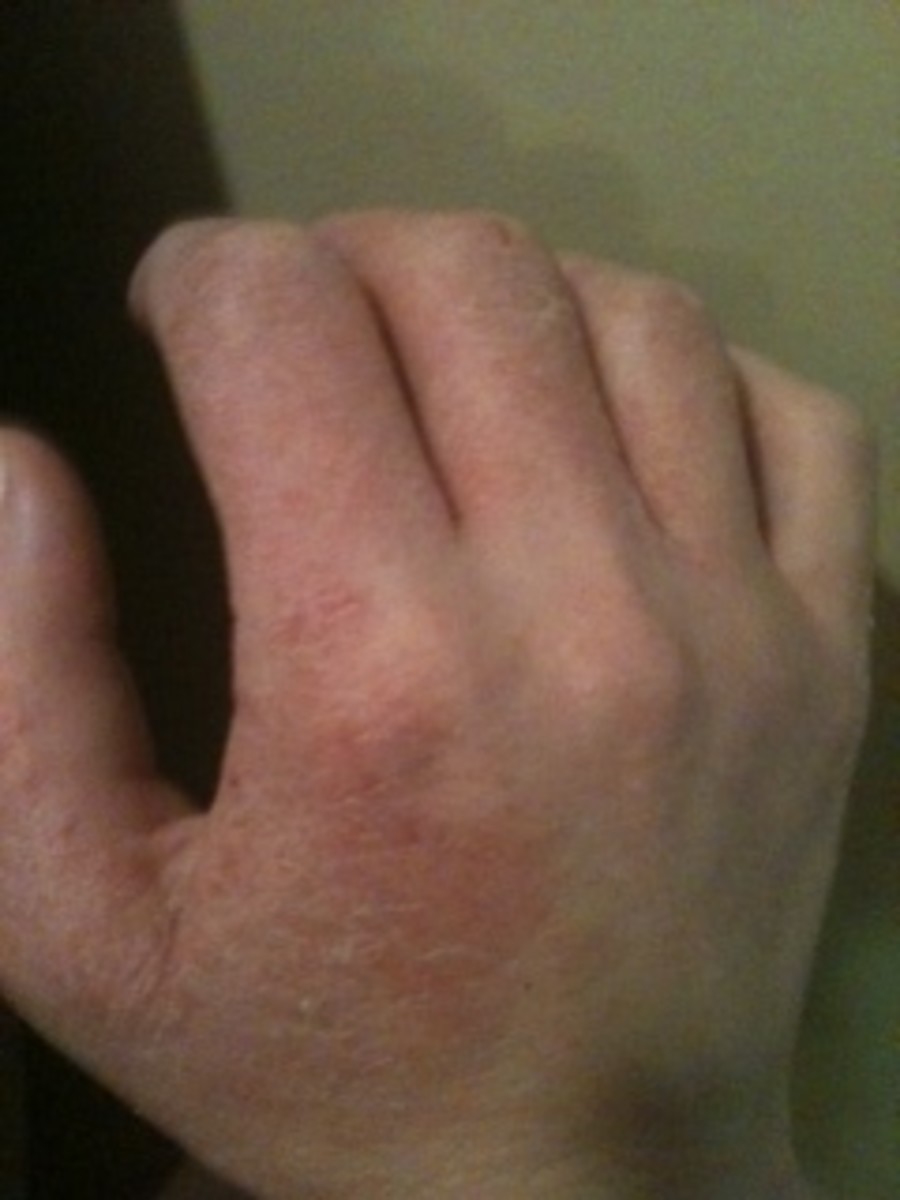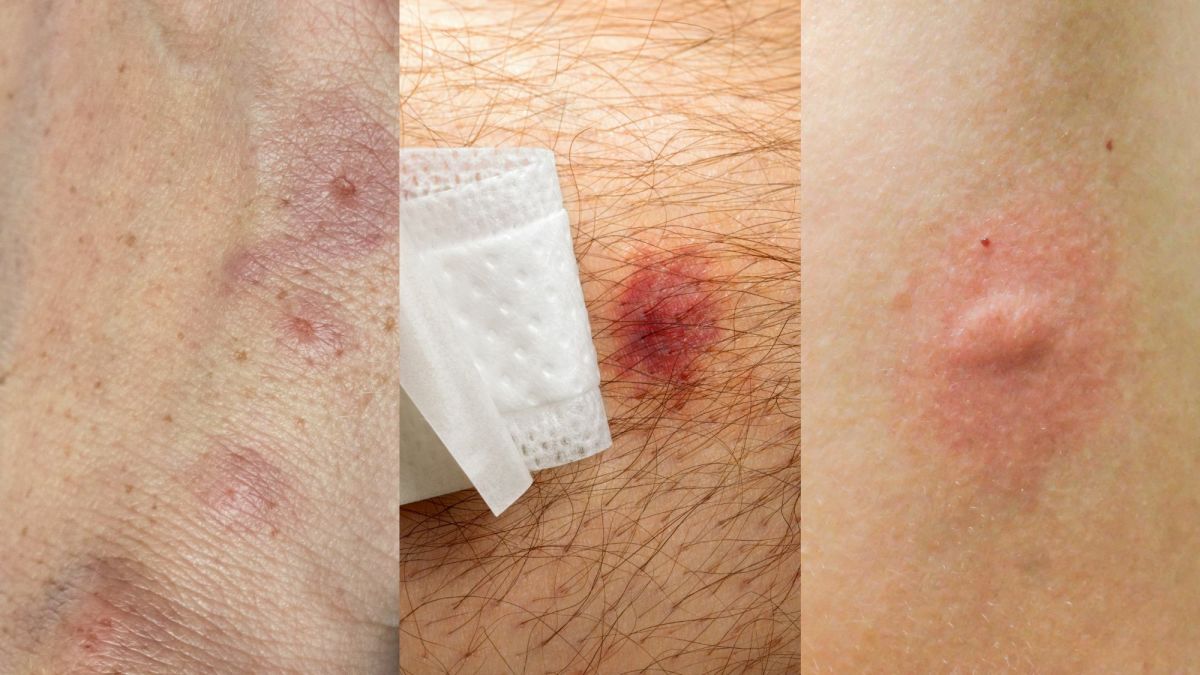- HubPages»
- Health»
- Diseases, Disorders & Conditions»
- Skin Diseases & Conditions
Dyshidrotic Eczema – Pictures, Symptoms, Treatment, Home Remedies
Also known as pompholyxor dyshidrosis, dyshidrotic eczema is a skin condition marked by the formation of small blisters or fluid-filled vesicles on the palms or soles of the feet, or on both.The characteristic blisters of dyshidrotic eczema typically persist for around 3 weeks. They are also severely itchy. After the blisters dry up, they form fissures, grooves, or cracks, which can result in unbearable pain.
Dyshidrotic eczema is a non-contagious disorder of the skin. Hence, it cannot spread from an affected individual to another, even during instances of direct contact with the patient. Also, unlike most other skin conditions, this type of eczema does not migrate even after contact with the fluids that ooze out of the blisters.
Dyshidrotic eczema is usually treated with topical medications, creams, and ointments, as well as UV therapy. They help in reduction of the symptoms and also enhance the overall appearance of the affected skin. Wet compresses are also recommended for easing of the symptoms.
Symptoms of Dyshidrotic Eczema
People affected by dyshidrotic eczema may elicit skin inflammation or dermatitis in the affected skin areas. As a result, the intersections occurring between the skin cells open up, which in turn facilitates a buildup of serum or fluids in such spaces. When such skin is observed under a microscope it will have a sponge-like appearance due to the occurrence many such fluid-filled areas. Doctors refer to this process as spongiosis.
Some of the common signs and symptoms of dyshidrotic eczema are listed below:
- Development of small bumps which gradually advance into a rash marked by fluid-filled blisters.
- Severe itchiness
- Cracks or ridges may appear on the fingers and toes, or on both.
- Patients may also suffer from pain, especially if large blisters are present.
The tiny, fluid-filled blisters typically occur on the palms and fingers. They may also sometimes affect the soles and toes of the feet. Theabnormal vesicles tend to last for approximately 3 weeks.
In a majority of affected people, dyshidrotic eczema may be nothing more than just an itchy bother; it may not increase the risk to health complications. Some patients may however experience limited use of their hands because of the pain and itchiness.
Additionally, some others suffering from dyshidrotic eczema may experience different kinds of damage to the skin like increased thickening of the skin, etc. Unrestrained scratching of the blisters to alleviate the itchiness can also break open the skin and leave it vulnerable to secondary infections by bacteria and other pathogens. Such additional complications can result in a lengthy and difficult treatment process for dyshidrotic eczema.
Causes of Dyshidrotic Eczema
The exact cause of dyshidrotic eczema is not known. However, it has some links with another similar skin disorder called atopic dermatitis, and allergic conditions such as asthma or hay fever. Individuals with allergies may experience dyshidrotic eczema as per the change in seasons.
A few known risk factors that may pose increasing threat to developing dyshidrotic eczema are listed below:
- Prolonged or recurrent contact of the skin with water or other wet things
- Women are more susceptible to developing dyshidrotic eczema as opposed to men
- Contact of the skin with different metals like nickel, chromium, or cobalt may also elevate the risk
- Dyshidrotic eczema is more common in people with seasonal allergies.
- Elevated levels of stress also increases the risk
Treatment of Dyshidrotic Eczema
Some treatment options for dyshidrotic eczema are listed below:
- Use of corticosteroid creams and ointments can help in quick elimination of the blisters and enhancement of the affected skin areas. Topical corticosteroids may also be used to treat the fissures that develop later.
- Severe instances of dyshidrotic eczema are treated with prescription oral steroids.
- Some physicians may recommend botulinum toxin injections for treating severe dyshidrotic eczema.
- Itchiness can be alleviated with antihistamines. Cold and wet compresses may also be used to find relief from itching.
- Patients should not scratch the blisters as it can tear up the skin and leave it vulnerable to secondary infections.
- Doctors may also combine drug therapy with PUVA, a special kind of UV light therapy, for treating extreme cases of dyshidrotic eczema.
- If all the above listed treatment options are not enough, then doctors may opt for topical immunosuppressant medications.
Home Remedies
The below listed home remedies may also be used to treat dyshidrotic eczema:
- Wet a cloth with a solution of white vinegar and potassium permanganate or sea salt and use it to soak the affected skin areas for about 40 minutes, two times a day. It will help alleviate skin dryness, itching, and scaling.
- Apply flaxseed or coconut oil to smoothen and soften the affected skin regions
- The feet and hands should be sufficiently protected to avoid contact of dyshidrotic eczema affected areas with dishwashing soap, chemicals, and other allergens or irritants.
- Clean the hands with Aloe Vera gel instead of using soaps. Use oatmeal or sea salts for a bath. Apply moisturizer on the feet and hands every day.
- Exposure of the skin areas affected by dyshidrotic eczema to sunlight for short durations is also helpful.
Dyshidrotic Eczema Pictures
